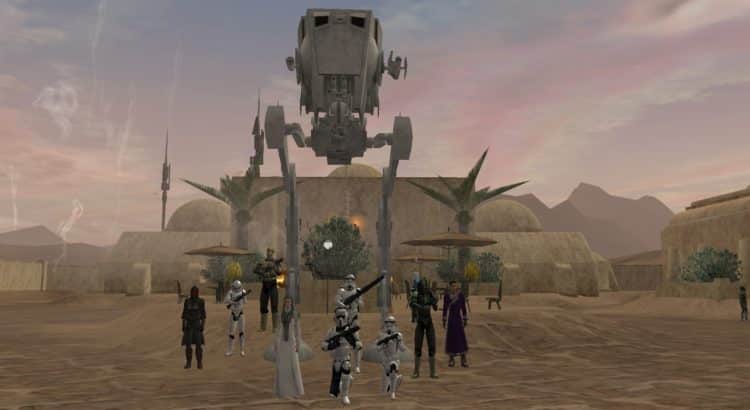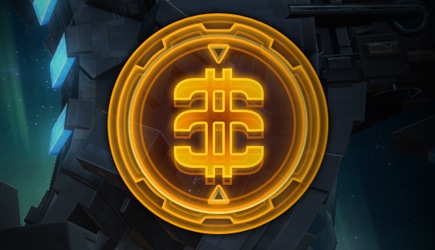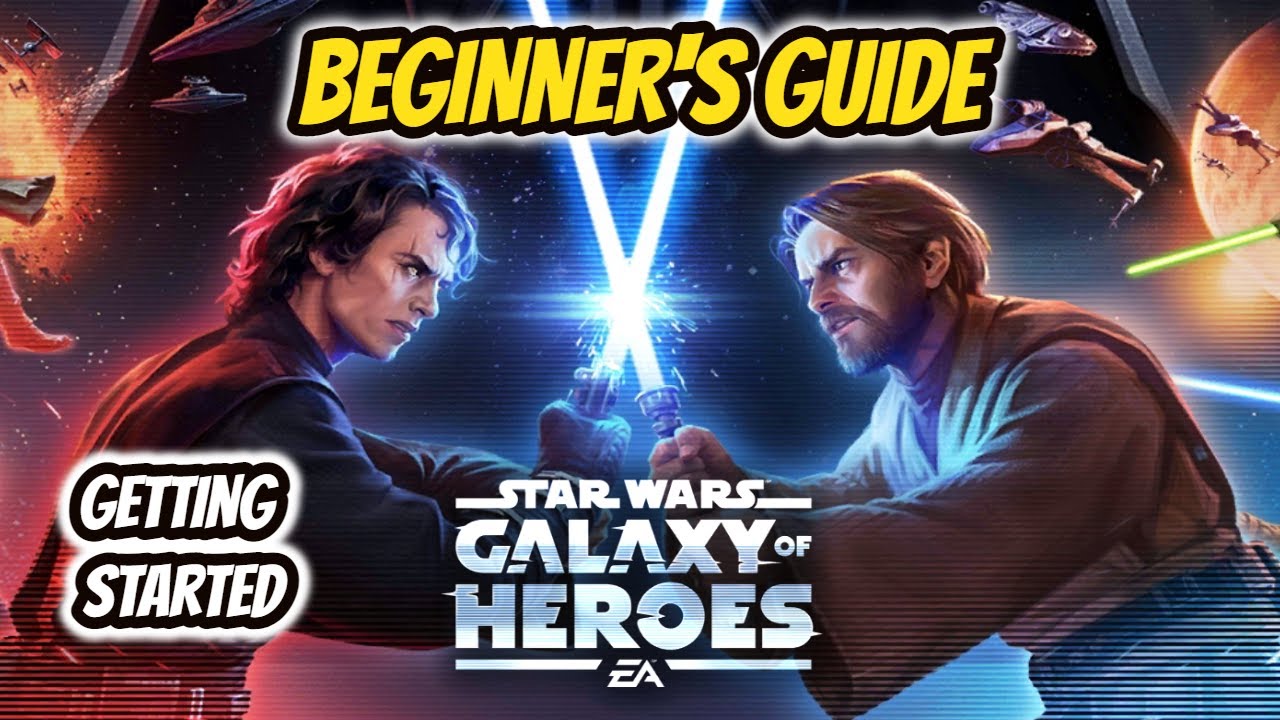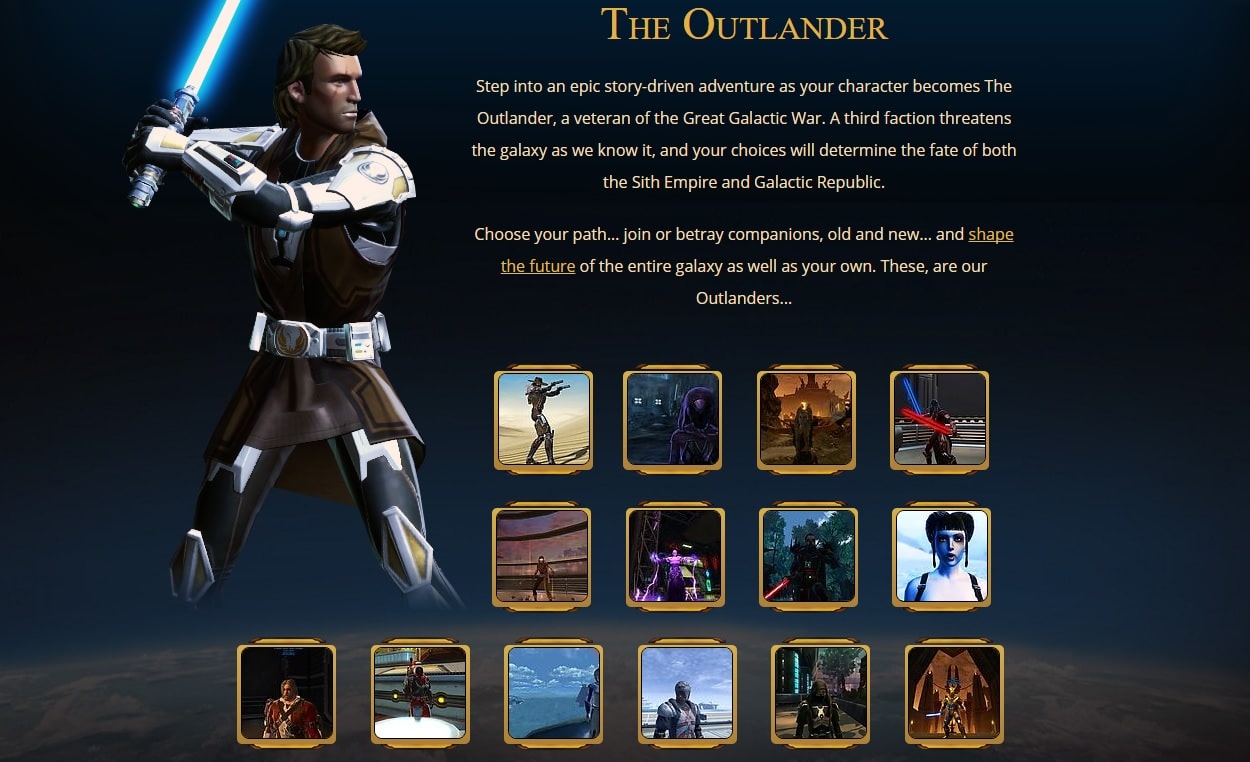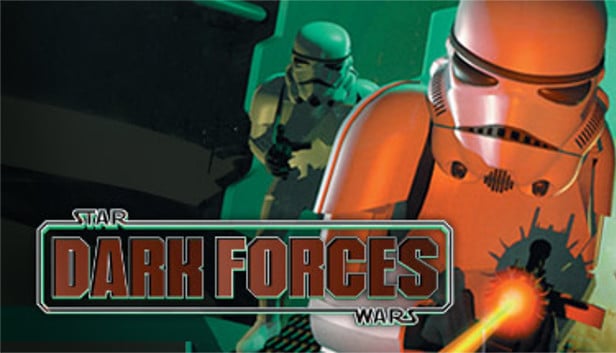Ever wondered what it feels like to live in the Star Wars universe? To wield a lightsaber, pilot a starfighter, or simply own a pet Bantha? Well, for a glorious period, Star Wars Galaxies (SWG) gave fans exactly that. But like the Death Star, it had a fatal flaw. Ready to dive into the rise and fall of one of the best MMOs ever made? Buckle up, because this ride has more twists than a podrace on Tatooine.
The Galactic Dream: What Made Star Wars Galaxies Special
What’s the first thing that comes to mind when you hear “Star Wars MMO”? Epic space battles? Jedi and Sith duels? Or maybe the chance to run your own cantina? Star Wars Galaxies had it all. Released in 2003, it was a sandbox MMO that offered unparalleled freedom and immersion. Players could choose from a plethora of professions, build their own homes, and even influence the game’s economy.
Imagine being a moisture farmer by day and a Rebel Alliance spy by night. Or running a droid repair shop while secretly plotting with the Empire. SWG wasn’t just a game; it was a living, breathing galaxy where your choices mattered. And let’s not forget the social aspect – player cities, guilds, and events that made it feel like you were part of a larger community. Sounds perfect, right? So, what went wrong?
The Dark Side: Poor Management Decisions
If Star Wars has taught us anything, it’s that with great power comes great responsibility – and sometimes, poor decision-making. SWG’s journey to the dark side began with a series of management blunders that even Jar Jar Binks would find hard to believe.
First up, the Combat Upgrade (CU). Introduced in 2005, the CU was meant to streamline combat and make it more accessible. But instead, it disrupted the delicate balance that made SWG unique. Longtime players felt their hard work had been undone, and new players were left scratching their heads. It was as if someone had replaced Yoda with a Gungan – not cool.
Then came the infamous New Game Enhancements (NGE). In a move that can only be described as “What were they thinking?”, the developers decided to overhaul the game completely. The NGE simplified professions, making iconic roles like Jedi immediately accessible. Sounds good? Not quite. It stripped away the depth and complexity that players loved. Imagine waking up to find out Han Solo now works at a fast-food joint – that’s how betrayed the community felt.
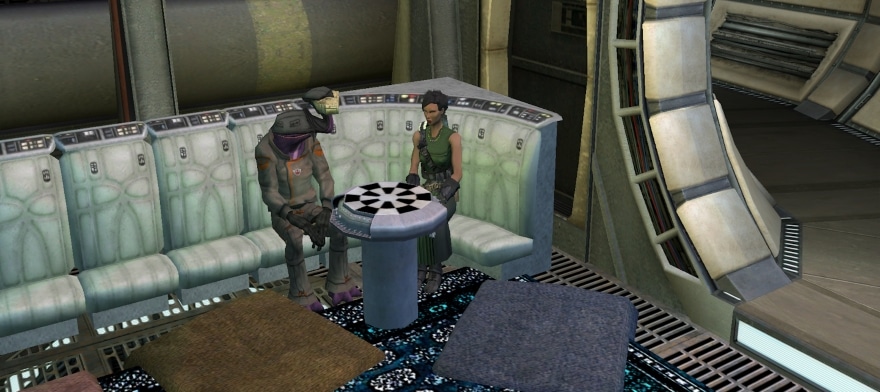
The Unexpected Plot Twist: Star Wars: The Old Republic
Just when you thought it couldn’t get worse, another Star Wars game entered the scene: Star Wars: The Old Republic (SWTOR). Launched in 2011, SWTOR was a more polished, story-driven MMO that captured the attention of many disillusioned SWG players. It was like inviting Darth Vader to a party and wondering why everyone’s leaving.
SWTOR’s success was a nail in the coffin for SWG. With players flocking to the new game, SWG’s population dwindled faster than you can say “May the Force be with you.” The irony? The very franchise that gave birth to SWG also led to its downfall. It’s like finding out the person who ate your last slice of pizza was your own Jedi master.
A Closer Look: What Exactly Went Wrong?
To truly understand the downfall of Star Wars Galaxies, we need to examine the intricate details and decisions that led to its demise. It wasn’t just one thing, but a series of unfortunate events that snowballed into a full-blown catastrophe.
The Combat Upgrade (CU)
The CU was an attempt to make the game more accessible to new players by simplifying the combat mechanics. On paper, it sounded like a good idea. However, the implementation was rushed and poorly executed. The CU altered the core gameplay mechanics, which upset the balance and flow that players had grown accustomed to. Veteran players, who had invested countless hours into mastering the original system, felt betrayed and alienated.
The CU also introduced a slew of bugs and performance issues. Players experienced frequent crashes, lag, and other technical problems that made the game almost unplayable at times. Instead of attracting new players, the CU ended up driving away many of the loyal fans who had stuck with the game through thick and thin.
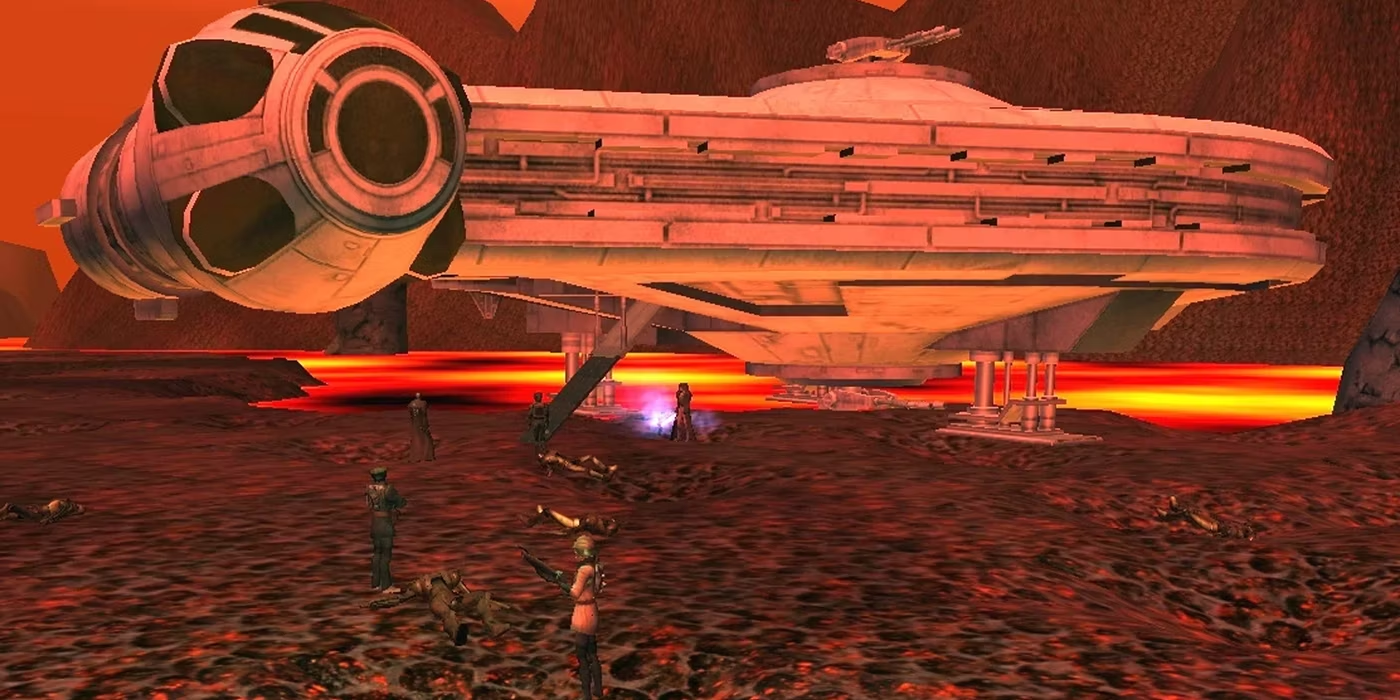
The New Game Enhancements (NGE)
If the CU was a misstep, the NGE was a full-blown disaster. In an effort to boost subscription numbers, the developers decided to make the game more accessible by simplifying the profession system. They reduced the number of professions from 34 to just 9, making it easier for new players to become iconic characters like Jedi and Bounty Hunters.
While the intention was to attract new players, the NGE completely alienated the existing player base. The depth and complexity that had made SWG unique were gone. The game now felt more like a generic MMO, stripping away the very elements that had made it special. Imagine logging in to find that your carefully crafted character build had been wiped out overnight. The backlash was immediate and severe, with many players canceling their subscriptions in protest.
Communication Breakdown
One of the biggest mistakes the developers made was their lack of communication with the player base. Major changes like the CU and NGE were implemented with little to no warning, leaving players feeling blindsided and unheard. There was a growing sense of distrust between the community and the developers, which only worsened as more changes were rolled out without proper consultation or feedback.
Transparent and open communication could have mitigated some of the backlash. Players might have been more understanding if they had been involved in the decision-making process or at least kept informed about the reasons behind the changes. Instead, the developers’ silence and secrecy only fueled the community’s anger and frustration.
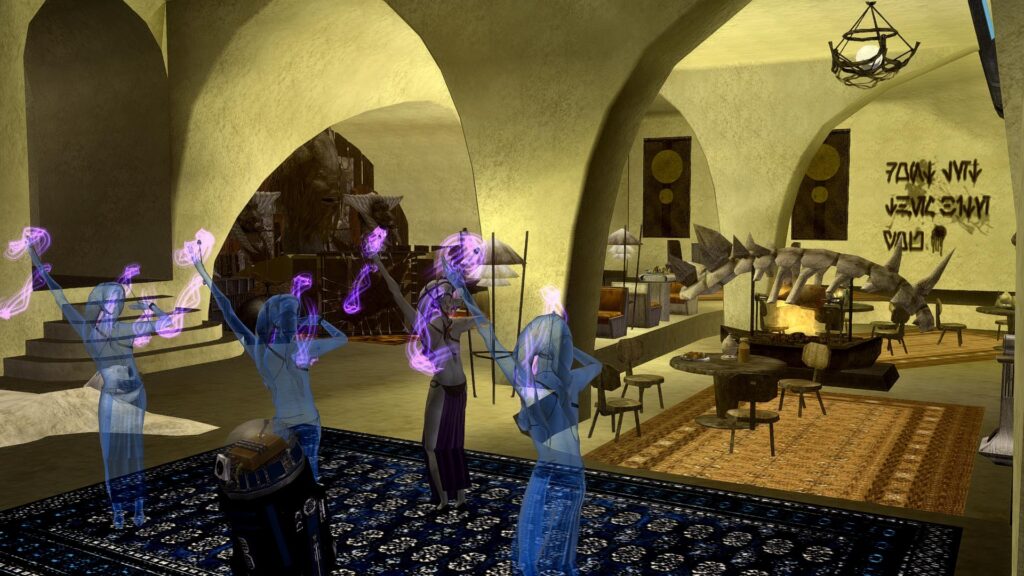
The Community Strikes Back: Player Reactions
The reaction to the CU and NGE was swift and brutal. Forums were flooded with complaints, petitions were started, and protests were organized within the game itself. Players gathered in cities, staging sit-ins and in-game demonstrations to voice their displeasure. It was a digital rebellion, and the message was clear: the community was not happy.
Some players tried to adapt to the changes, but many found the new gameplay mechanics to be shallow and unengaging. The sense of freedom and immersion that had defined SWG was gone, replaced by a more streamlined and simplified experience that lacked the same depth. For many, it was the end of an era.
The exodus of players had a ripple effect. As guilds and player cities emptied out, the game world began to feel desolate and empty. The social aspect, which had been a major draw for many players, was severely impacted. Without a vibrant and active community, SWG lost much of its appeal.
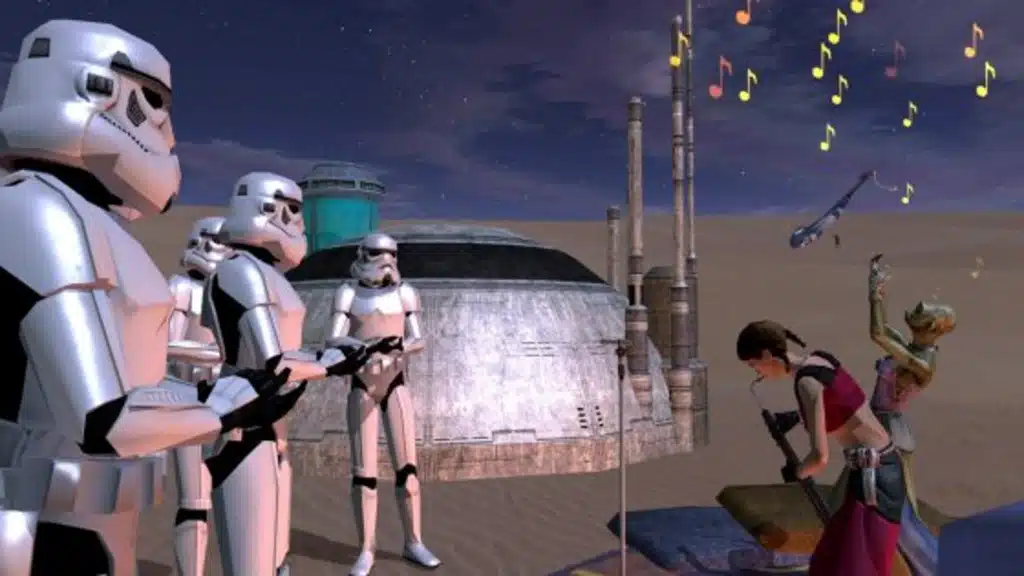
The Rise of the Old Republic: SWTOR’s Impact
While SWG was struggling, another Star Wars MMO was waiting in the wings: Star Wars: The Old Republic (SWTOR). Developed by BioWare and released in 2011, SWTOR promised a more polished and story-driven experience. It was everything that SWG was not – a slick, modern MMO with a focus on narrative and character development.
For many disillusioned SWG players, SWTOR was a welcome escape. It offered a fresh start and a chance to experience the Star Wars universe in a new and exciting way. The game’s success was a stark contrast to SWG’s decline, and it wasn’t long before SWTOR became the go-to Star Wars MMO.
The launch of SWTOR was the final nail in the coffin for SWG. With its player base dwindling and competition heating up, SWG was officially shut down on December 15, 2011. It was a sad day for the community, but also a reminder of the ever-evolving nature of the gaming industry.
The Endgame: Lessons Learned
So, what can we learn from the tragic tale of Star Wars Galaxies? For starters, player trust is everything. SWG’s community was passionate and loyal, but they were blindsided by changes that felt more like a Sith plot than genuine improvements. Consistent communication and involving players in development decisions could have made a world of difference.
Next, never underestimate the power of nostalgia. SWG wasn’t just a game; it was a chance for fans to live out their Star Wars fantasies. When that magic was tampered with, it broke the spell. Future MMOs should remember to respect the worlds they create and the players who inhabit them.
Timing is also crucial. SWTOR’s launch was perfectly timed to capitalize on SWG’s missteps. It’s a reminder that in the ever-evolving galaxy of gaming, staying ahead of the curve is essential.
Lastly, flexibility and adaptability are key. The gaming landscape is always changing, and developers need to be ready to pivot and respond to player feedback. SWG’s rigid approach and reluctance to engage with the community were significant factors in its downfall.
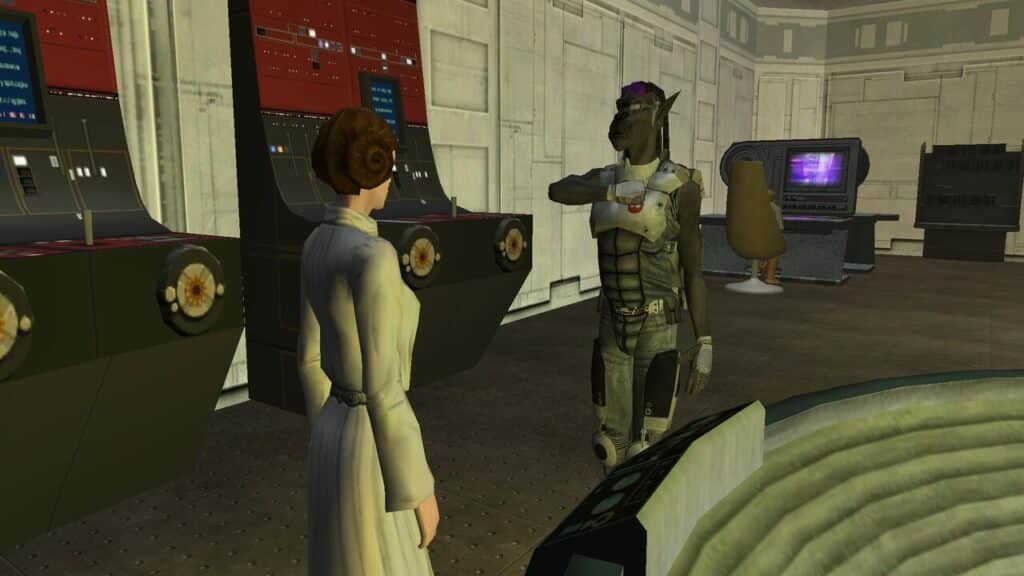
The Legacy Lives On
Though Star Wars Galaxies may have faded into the Force, its legacy lives on. It showed us what a true sandbox MMO could be, where players could create their own stories within a beloved universe. And while its demise was a galactic-sized disappointment, it left us with unforgettable memories and valuable lessons.
The game’s influence can still be seen today in modern MMOs that prioritize player freedom and community-building. Games like EVE Online, Black Desert Online, and even newer titles like Ashes of Creation owe a debt to SWG’s pioneering approach to sandbox gameplay.
There’s also a dedicated group of fans who have kept the spirit of SWG alive through private servers. These fan-run servers aim to recreate the original SWG experience, complete with the depth and complexity that made the game so beloved. It’s a testament to the enduring appeal of SWG and the passion of its community.
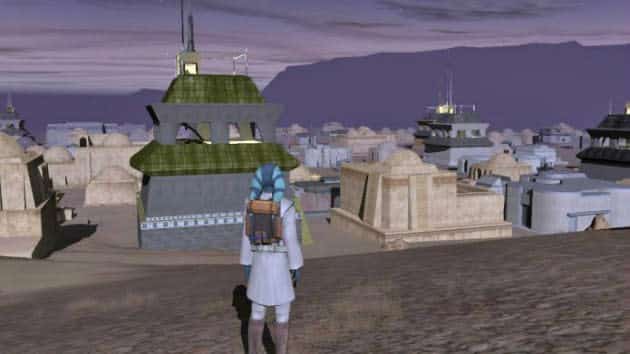
Conclusion: The Force Will Be With You, Always
The story of Star Wars Galaxies is a cautionary tale, but also one of hope and resilience. It reminds us that even the greatest of games can fall, but the memories and experiences they create can last a lifetime. SWG may be gone, but it will never be forgotten.
As we look to the future, we can only hope that the lessons learned from SWG’s rise and fall will help shape the next generation of MMOs. Until then, we’ll always have our memories of a galaxy far, far away.
And there you have it, folks – the epic rise and fall of Star Wars Galaxies. Got any memories of SWG or thoughts on its journey? Drop a comment below and let’s keep the conversation going. May the Force be with you – always.


